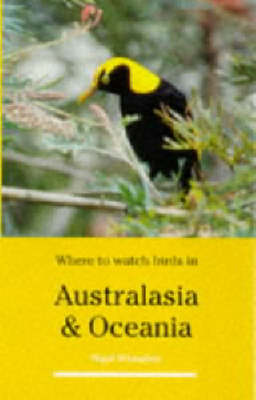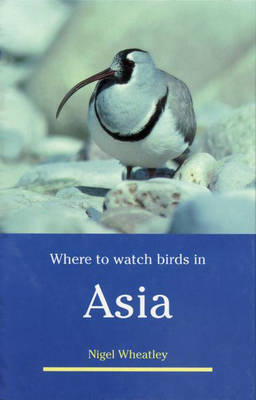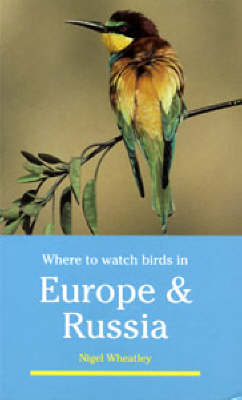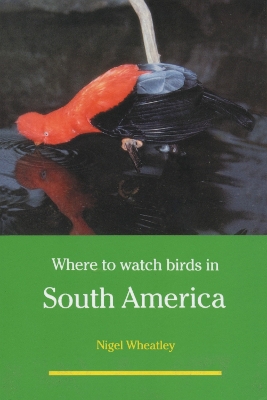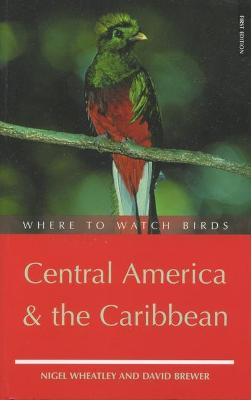Where to Watch Birds
6 total works
A unique field guide and reference, Where to Watch Birds in South America is designed to help the avid birder and the general wildlife enthusiast organize eventful journeys throughout the richest continent for birds, where the species number over three thousand.
This book covers more than two hundred of the best sites for birdwatching, and includes the archipelagos of Trinidad and Tobago, the Galapagos and Falkland Islands, the Netherland Antilles, and part of Antarctica. The reader will find details of every species that is endemic to particular countries, and will learn where and when best to see such birds as the scarlet ibis, Andean condor, harpy eagle, sunbittern, macaw, toucan, jacamar, antbird, and cotinga. The text is enhanced by nearly one hundred maps and fifty line drawings. There are even hints as to where species not seen for decades may be rediscovered.
This guide begins with an introduction to the continent and its birds then deals with particular countries and archipelagos. The site details include bird lists, a list of other wildlife present, and the latest advice on where to look for birds. For the traveler, there is information on transport, accommodations, safety, and health, and answers to various strategic questions: Which countries support the most species? How many sites must be visited to see most of them? How long does this take? When is the best time to go?
Whether a first-time visitor to South America or a seasoned traveler there, the reader will find this guide immensely useful in making the most out of the trip.

